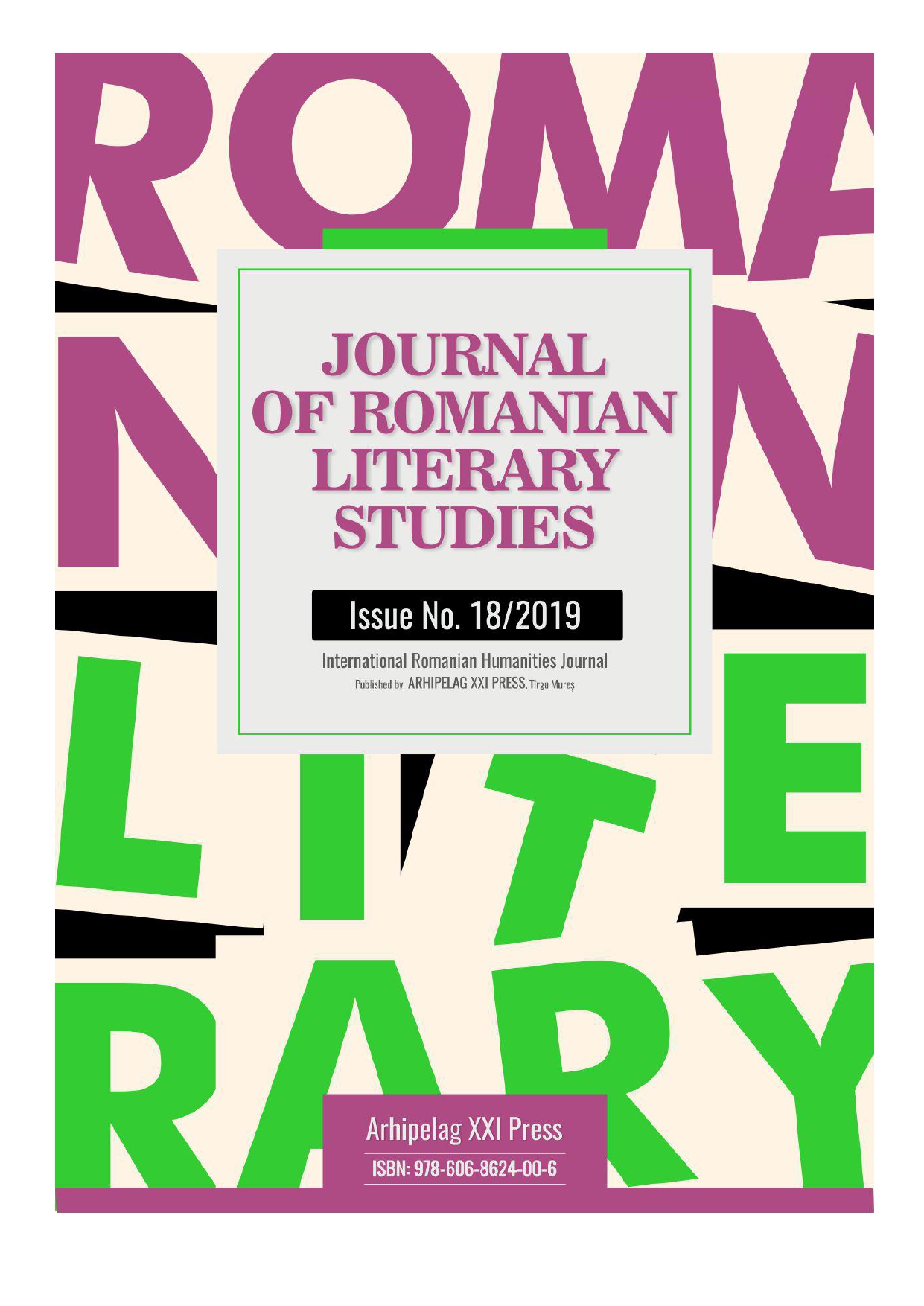NOTES AFTER READING AGAIN-MARIAN DRĂGHICI: PĂHĂRUŢUL
NOTES AFTER READING AGAIN-MARIAN DRĂGHICI: PĂHĂRUŢUL
Author(s): Ion Popescu BrădiceniSubject(s): Literary Texts, Romanian Literature, Philology, Theory of Literature
Published by: Editura Arhipelag XXI
Keywords: existential experiences; refined art of expression; poet: a stunned bee;
Summary/Abstract: Dumitru Augustin Doman considers Marian Drăghici's "Păharuŝul" a memorable editorial and the poet as a creator of obsessions and nothing but imaginary dialogues, or playful repetitions (D.A.D., Arges, 6/2019, p. 2). Alexandru Oraviŝan appreciates "the preoccupation for the crystallization of a project spread over several volumes (Despre arta poetică, Partida de biliard din pădurea rusească, Lunetistul, Lunetistul şi cocoşul de tablă, Harrum cartea ratării; Lumină, încet; Negresa, Păhăruŝul, translations to English, French, etc.) ". Even from the beginning, Marian Drăghici' work manifests itself as a leaning towards form, rigor and consistency. His poetry, with metatextual accents, depicts the often complicated but, certainly, fascinating relationship between lyric and writing. The self-referential principle of self-reflecting literature, proclaimed by textualists, finds a fertile ground in the poetics of Marian Draghici, without embracing the idea of the complete disappearance of the writer from his own work. So "Păhăruŝul" is a volume-phenomenon; In it, the neotextualist influence coexists with an exciting neohermetism, born out of concern for the definition of a poetic direction. But what direction is it? About dialogueism? The dialogical skeleton is embraced in many of the defining marks for Mircea Drăghici's poetry: the organic cryptic of the resuscitation of some symbols and the transclassical consolidation of one's own motives is doubled by the careful use of the figure, still, plenary, creative, which transforms the poem into an ever-developing organism; moreover, the repetition gives the effect of a permanent rewriting, and the page acquires palimpsest tones; In addition, through transubstantiation, Drăghician poetry is saved from its inevitable semantic materialism: living within boundaries imposed by its own condition (the handler of the words - n.m.) becomes a matrix of the transubstantiation of life in the sphere of literature; the poetom transcends his sensations, feelings, deep rumours about the act of creation in a universe often drifting, precipitating to non-notification. Dan Cristea also notes the idea that "Păharuŝul" reiterates the condition of poetry as a fact of divine nature, with the fervour and the excitement of mysticism. As in the Dantescian nel mezzo del cammin di nostra vita, the poet is a war with himself, with the Kafkianized past, with the cannibalism of communist times as the culmination of the degradation of the human condition. Like all Revolutionary chroniclers (from "România literară", "Arges", "Orizont"), it is Dan Cristea's turn to hold the practice of prayer as a result of enlightening the poet's being. But Dan Cristea reproaches the book (and her author) of the story, difficult to read, mixing gravity with histrionism, the verse inspired by the purely declarative verse, and not covering the symbols in collective imagination. Few poems from this recent collection contribute to the amplification of the mystical, visionary, miraculous dimension of Marian Drăghici's creation, the poet wishing to be in old age "crazy for Christ / as he was (young) for poetry." The volume "Păhăruŝul" shows us this time a Marian Drăghici in the role, more pronounced than ever, of a civic poet and a vituperative prophet.
Journal: Journal of Romanian Literary Studies
- Issue Year: 2019
- Issue No: 18
- Page Range: 75-87
- Page Count: 13
- Language: Romanian

